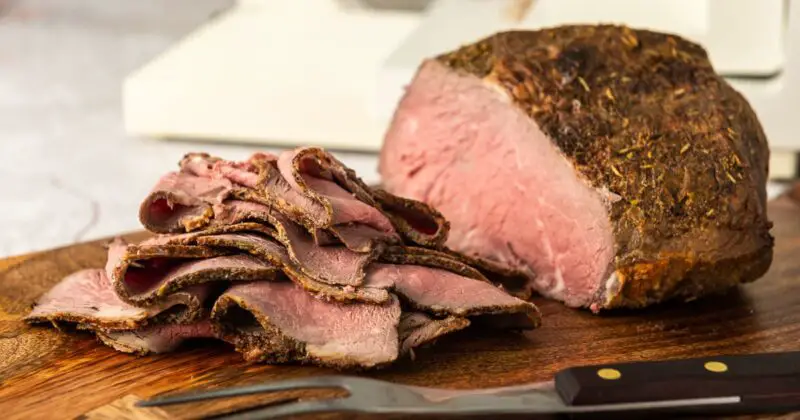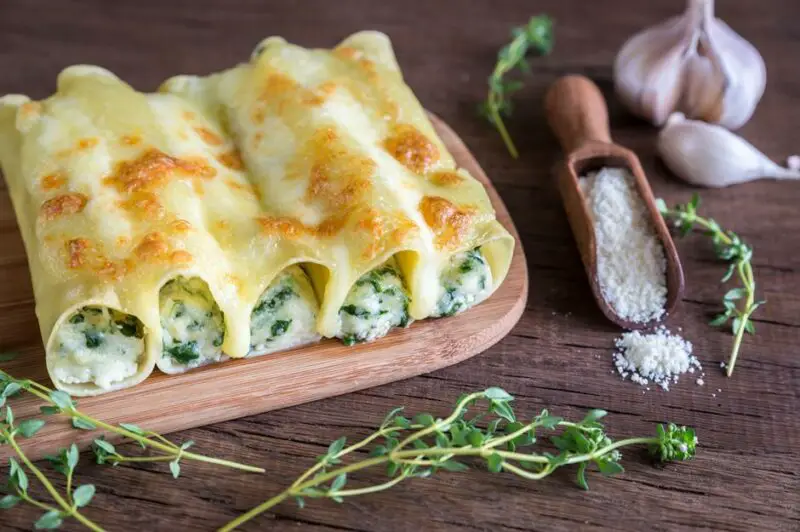Deli meats are a popular staple in many households. They add flavor and convenience to a variety of meals, from sandwiches to charcuterie boards. While deli meats are typically enjoyed cold, some may wonder whether they can be cooked on the stove. The answer is yes- but there are important considerations to keep in mind for safety and optimal flavor.
Common ways to cook deli meats
Deli meats can be cooked using a variety of methods such as grilling, pan-searing, simmering, and boiling. Each technique produces a different texture and flavor profile.
Why people may want to cook deli meats on the stove
Cooking deli meats on the stove can allow for more customization in terms of seasoning, texture, and presentation. It also provides an alternative cooking method for those who may not have access to an oven or grill.
The Risks of Cooking Deli Meats on the Stove
Before cooking deli meat on the stove, it’s important to understand the potential health risks associated with these products. Deli meats have been linked to foodborne illness due to their high level of processing and preservatives like nitrates. One common bacteria that’s found in processed meat is Listeria monocytogenes which causes a type of food poisoning called listeriosis.
How cooking methods can affect risk
The way you cook your deli meat plays an important role in reducing your risk of illness. According to the CDC, it’s important to heat all deli meat until it’s steaming hot before consuming – regardless of where it was purchased or how it was stored. Boiling or simmering is often recommended as these methods ensure that any harmful bacteria is killed off.
Choosing the Right Deli Meat for Stovetop Cooking
Not all deli meat is created equal when it comes to cooking techniques. Here are some considerations when choosing the best type of deli meat for stovetop cooking:
Suitability for stovetop cooking
Some types of deli meats work better than others when it comes to stovetop cooking. For example, ham and turkey slices are great for frying or browning while sausage is best simmered or boiled.
Flavor profiles and ideal preparation methods
Each deli meat has its own unique flavor profile that can be complemented by specific preparation methods. Before cooking, consider marinating, brining, or seasoning your deli meat to enhance its natural flavors.
Preparing Your Deli Meat for Stovetop Cooking
Properly preparing your deli meat before cooking is crucial for food safety and optimal taste.
Portioning
It’s important to portion your deli meat appropriately before cooking as this ensures it cooks evenly throughout. You should also remove any excess fat or bones from the meat.
Seasoning, Marinating, or Brining
Seasoning your deli meat prior to cooking adds extra flavor and can help tenderize tougher cuts of meat. Marinating involves soaking your deli meat in a mixture of oil, vinegar or other acidic liquids alongside herbs and spices; whereas brining involves soaking the meat in saltwater which both preserves the meat but also infuses flavour. Experiment with different combinations of liquid and seasonings depending on what type of deli meat you’re using.
How to Cook Different Types of Deli Meats on the Stove
Now that you’ve chosen your deli meat and prepared it properly, it’s time to start cooking! Below are instructions on different techniques that will produce enticing results every time:
Slicing
Before using this method make sure you have a sharp knife (for safety reasons) .Use a honing steel to sharpen it then proceed—for instance lay ham flat on cutting board, cutting each slice against grain.
Frying/Browning
Frying involves cooking the deli meat in oil or butter on medium-high heat, while browning involves a higher temperature and less oil. Each method creates a different texture and flavor profile.
Simmering/Boiling
Simmering or boiling is a great technique to cook your deli meat to tender perfection without overcooking it. This method is suited for sausages, bacon, and corned beef which frequently have a high fat content.
Grilling/Pan-searing
Grilling or pan-searing adds smoky flavors while creating a crispy outside and juicy interior. This method is best for ham steaks,
Serving Suggestions for Cooked Deli Meats
Once your deli meat is cooked to perfection, it’s time to serve it up! Below are some suggestions for pairing your cooked deli meats with complementary side dishes:
- Grilled turkey breast: Serve with roasted root vegetables or mixed greens salad.
- Pan-seared ham steak: Serve with homemade macaroni and cheese.
- Simmered bacon slices: Pair with scrambled eggs and whole-grain toast.
Conclusion
Cooking deli meats on the stove can be a fun way to experiment with different flavor profiles while also creating delicious meals. Just be sure to properly prepare your deli meat before cooking and follow safe heating guidelines to avoid any health risks associated with these products . As outlined above diffent types of meats work better when prepared certain ways so take note of what techniques will suit each type of meat you will be preparing
Q&A
- Q: Is it safe to cook deli meats on the stove? A: Yes, it is safe to cook deli meats on the stove as long as they are fully cooked and heated to the appropriate temperature.
- Q: What types of deli meats can be cooked on the stove? A: Most types of deli meats can be cooked on the stove, including but not limited to ham, turkey, chicken, roast beef and salami. It is important to check the specific cooking instructions for each type of meat.
- Q: How do you cook deli meats on the stove? A: Deli meats can be pan-fried or grilled on a stove-top grill pan until they are golden brown and heated through. Make sure to flip them over halfway through cooking time for even heating.
- Q: Can I use leftover deli meats for stovetop cooking? A: Yes, leftover deli meats can be used for stovetop cooking as long as they have been refrigerated properly and are still within their expiration date. Always reheat to an internal temperature of 165°F before consuming.




